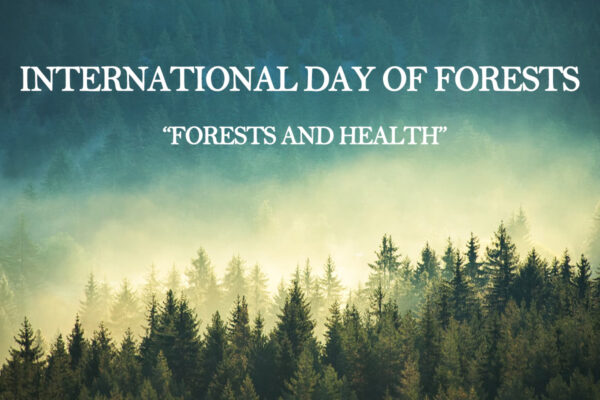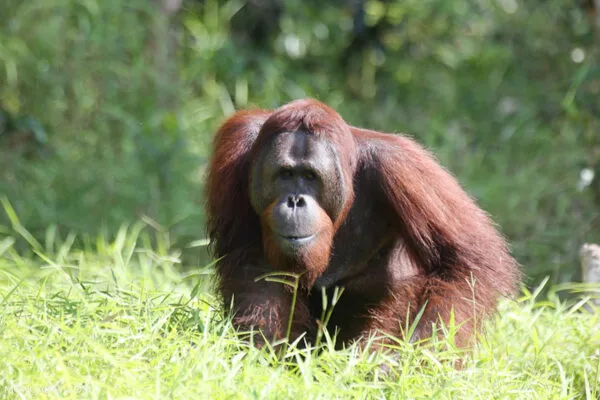We’ve already axed 3 trillion trees, losing remaining 3 trillion at annual rate of 10 billion
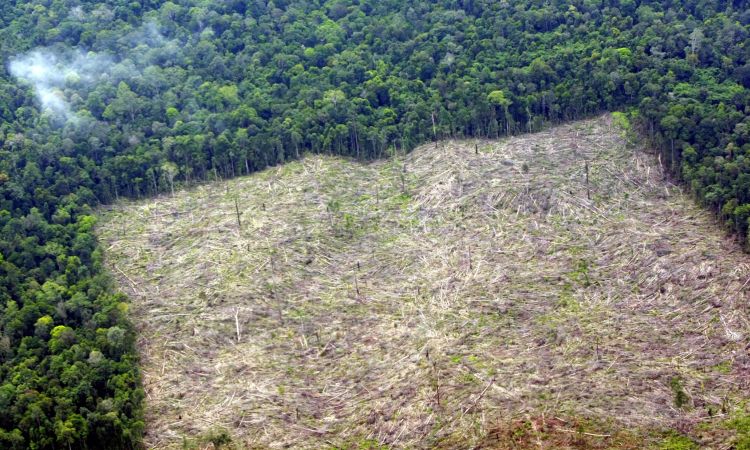
For the first time, scientists have succeeded in counting total number of trees on the entire planet. A combination of satellite and over 400,000 ground-based measurements made it possible for researchers to arrive at more accurate data as compared to previous ones. The study was published in the journal Nature.
The results are quite depressing. The post-Pleistocene period was a disaster. There is good news, but there is also a bad news. The good news is that the actual number of total trees on planet is over 3 trillion or roughly 422 trees per person. Previous estimate had put the number at only 400 billion with a density of 61 trees per person. However, the new data claims it to be seven times higher than estimated using non peer-reviewed reckoning that relied on satellite imagery alone.
The bad news is that human kind has axed half of the trees available when we started clearing forests. Human activities are responsible for loss of 45.8 percent of the original number. The pace of deforestation is rising rapidly as more countries striving to achieve the status of developed nation with strong economy. Population growth is leading to faster consumption of all natural resources including trees.
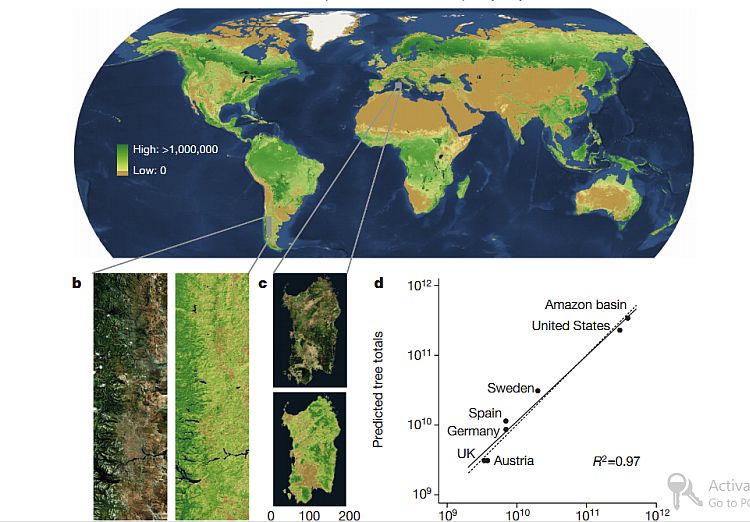
In Picture: Map of tree densities across the world. The darker the green, the more densely packed the trees are, while brown areas have no trees at all.
Presently, we are axing trees at an annual average of 15 billion. Our plantation make up for 5 billion, so the actual annual average comes down to 10 billion trees. With this pace, we won’t last another century.
According to the new data, boreal forest of Canada, China and Russia had densest forests. The tropical and subtropical forests posses a massive share of 1.39 trillion of the total remaining number.
Europe and Asia, which are heavily human-impacted regions, have just 0.61 trillion trees.
There is a little hope considering the fact that the study counted only trees that were 10 cm in diameter. That means, there are billions of other uncounted trees.
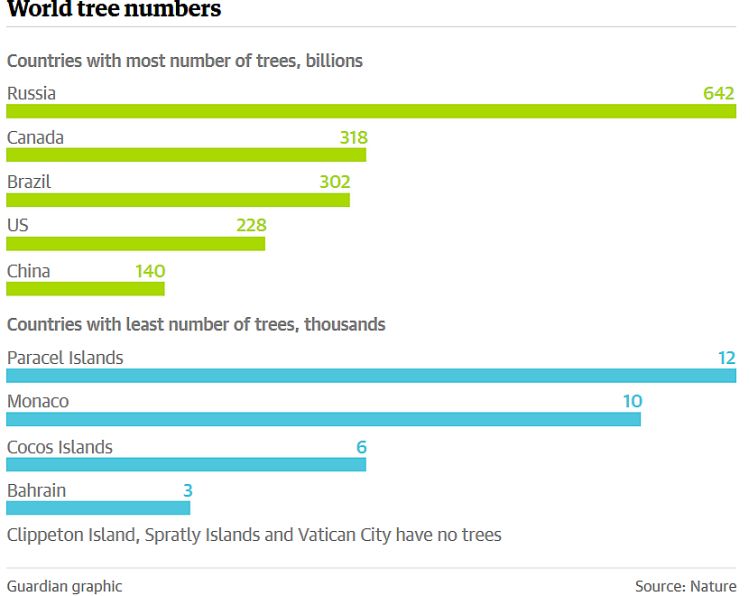
Tree-planting initiatives asked for better and accurate data to gain clearer picture of tree-number baselines. The data will help understand the impact of projects such as the Billion Trees Campaign. Now we know that we need Trillion Trees Campaign to counter increasing carbon footprint due to human activities.
Same was emphasized by Dr Simon Lewis, a geographer from the University College Lond and University of Leeds.
“It’s an important and useful piece of work but we should remember that the number of trees is not necessarily the best metric for measuring the health of an ecosystem or its importance. A plantation of many of the same trees isn’t the same as a patch of Amazon rainforest,”
he said
As a matter of fact, only human species are responsible for environmental imbalances. Sacrifice of 3 trillion trees to build civilized human world has robbed billions of animals along with almost every existing life form their natural habitat. Already, many species are extinct. Poaching has brought many other majestic animals on the verge of extinction. Urbanization is leading to man-animal conflict in which, at the peak of it, human kind will claim right to habitat and natural resources.
A month ago, NASA revealed that water levels are rising at an unpredictable manner, and that we are going to end up with 3ft rise in ocean water levels.
This year, 13 August was marked as ‘Earth Overshoot Day’ – the day when the total combined consumption of all human activity on Earth in a year overtakes the planet’s ability to generate those resources for that year. That means, we have already consumed more than we can produce.
We are totally messing with natural balance. The new data has reflected upon the heavy impact of human activity on our planet.
